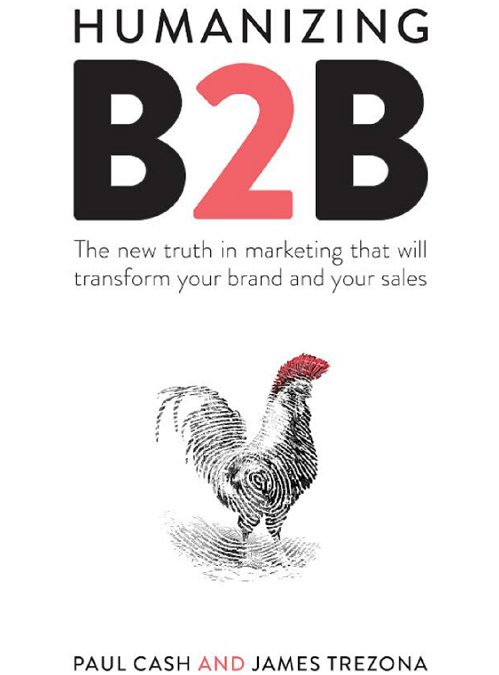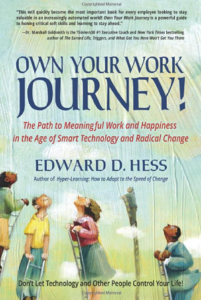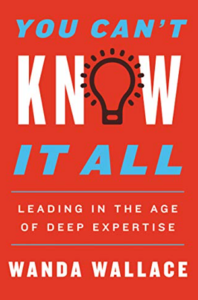“Telling you that what you’re doing isn’t working seems like a pretty bold statement, and we’d not be surprised if you found yourself disagreeing with it. ‘What do you mean, not working? If I reduce my prices, it increases revenue. When I invest in advertising, new leads come in. And the last time we revamped our search engine optimization (SEO), we climbed up the rankings. Sure, some campaigns have been more successful than others, but they certainly work’,” begin Paul Cash and James Trezona, in their book Humanizing B2B: The New Truth in Marketing That Will Transform Your Brand and Your Sales. “Let’s be clear: we’re not saying that what you’re doing isn’t triggering any results. The problem is that those results are incremental increases in marketing KPIs and, if you’re lucky, pipeline and sales.
They keep you going, but they don’t put you in the category’s number-one spot or entrench you there forever. If you’re like most B2B businesses, your marketing has been stuck in a rut for as long as you can remember; you treat business buyers and decision makers as driven purely by logic and reason, and there’s little humanity or emotion in your communications. This has become a dogma in B2B Land, so ingrained in its thinking that it’s become almost impossible to imagine anything different.”
So begins what feels like it is equal parts exposé, equal parts business and leadership advice manual. Cash and Trezona are smart in that they never compromise themselves or the book’s topicalities for the sake of appealing to the widest possible audience. Yet they also steer clear of overly dense or verbose word choice, mandating one have a bit of worldly knowledgable when picking up a copy of Humanizing B2B, yet never making the read an intellectually exclusive proposition. “People are everywhere throughout any business – every company is a people-based one.
TARGET: https://www.amazon.com/Humanizing-B2B-truth-marketing-transform/dp/178860251X
Pre-Internet, all B2B marketing and sales was human-to-human, but our focus on building machines to do the same job has dehumanized B2B. The SaaS model is a classic example of this; although it offers superb efficiencies and is often favoured by customers, it’s easy to forget that it also mechanizes what was once a people-based process,” Cash and Trezona write about one aspect in this vein. “This means you need to spend more time, effort and money investing in the people who are the interface between your company and those who buy your products. We’re talking about frontline staff, whether they be call centre agents, customer service managers or delivery drivers – all those who interact with people outside your business. And you also need to invest in your brand, because that’s the other key way you can express your humanity and appeal to the human beings who you want to buy from you. It’s time to redress the balance.”
Humanizing B2B might not be the pinnacle of what it preaches, but it’s pretty damn close. Cash and Trezona cover a wide range of material in wholesome, unpretentious prose. It makes the book actually feel like a leadership advice guide, not just something masquerading informationally as one…
Cyrus Rhodes



























